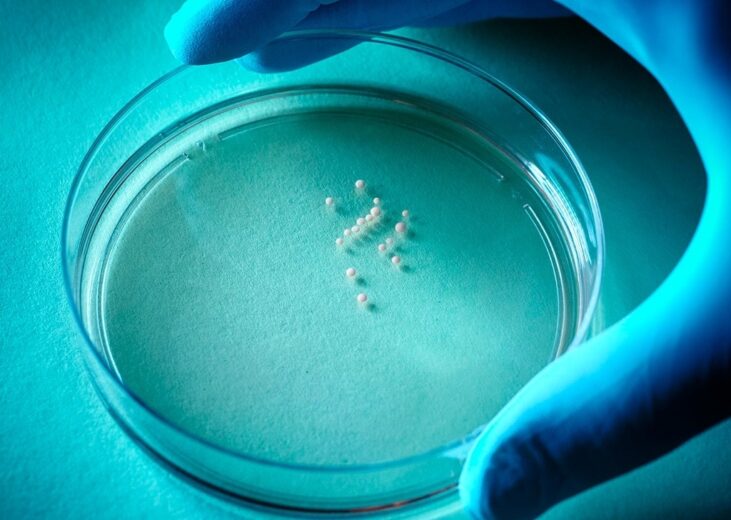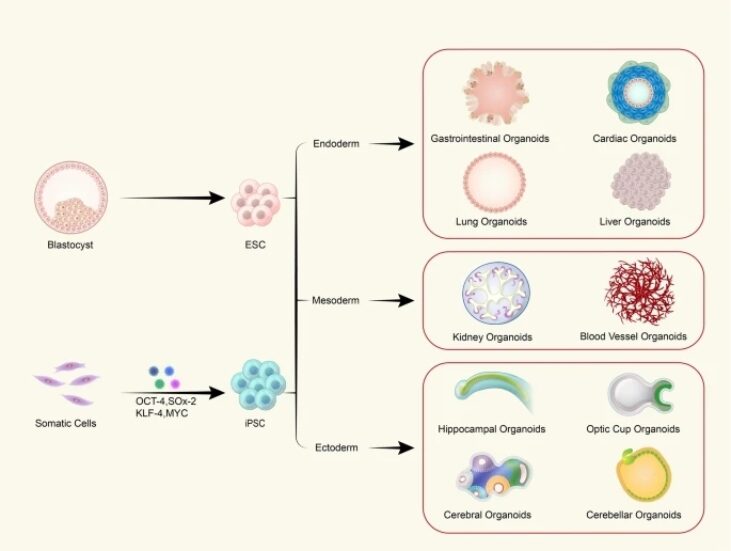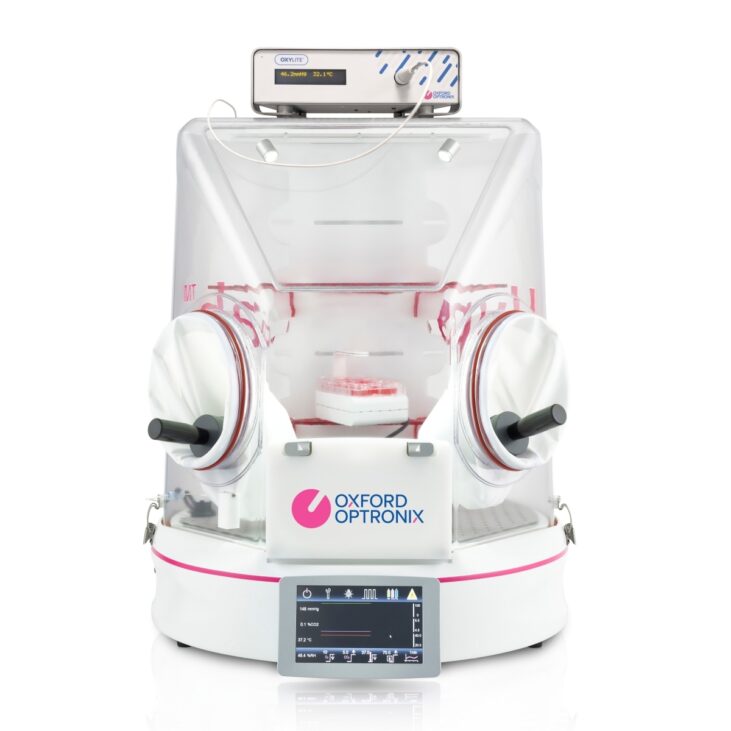Introduction
Organoids are three-dimensional miniaturized versions of organs that are generated in vitro from pluripotent stem cells or organ-specific progenitor cells. They are designed to mimic the structure and function of real organs, making them a valuable tool for studying human organ development, disease modelling, drug screening, and personalized medicine.

These novel models are being used in a wide range of assays to study organ development, disease mechanisms, and drug responses. For example, researchers can use organoids to investigate the molecular and cellular processes that occur during organ development, including cell fate determination, tissue patterning, and organ morphogenesis. Organoids can also be used to model diseases, such as cancer, neurodegenerative disorders, and genetic diseases, allowing researchers to study disease mechanisms and test potential therapeutic interventions.
Since the whole premise with organoid studies is to precisely mimic an in vivo response, we would like to suggest the following 5 arguments in favour of this work being carried out under controlled oxygen conditions.
1) Physiological relevance
Oxygen is a critical component of the physiological environment in which cells and tissues function. Oxygen concentration plays a crucial role in regulating various cellular processes, including metabolism, differentiation, cell signaling, etc. Yet incubating organoids in a standard incubator exposes them to atmospheric levels of oxygen, which are 2 - 20 times greater than those experienced in living tissues. To replicate the in vivo state, organoids should be maintained in a controlled oxygen (‘normoxic’) oxygen environment.
2) Reproducibility and comparability
In research, it is important to ensure that experiments are reproducible and that results are comparable across different studies. Oxygen levels can vary widely between different organs and tissues and even within different regions of the same organ. Therefore, controlling oxygen levels in organoid studies allows researchers to standardize the experimental conditions and to make meaningful comparisons between different organoid models or studies.
3) Disease modeling
Organoids are increasingly being used as models to study human diseases, including developmental disorders, neurodegenerative diseases, and cancer. Many diseases are associated with specific changes in oxygen levels within affected tissues.

By controlling the environmental oxygen levels in organoid studies, researchers can mimic the oxygen conditions associated with a particular disease, and investigate how those conditions impact organoid development, function, and disease progression.
4) Drug discovery and therapeutics
Organoids are valuable tools for drug discovery and development. They can be used to test the efficacy and toxicity of drugs in a more physiologically relevant environment compared to traditional in vitro approaches. However, drug responses can be affected by oxygen levels, as the efficacy or toxicity of drugs can vary depending on oxygen conditions. Controlling the oxygen environment in organoid studies allows scientists to accurately assess the effects of drugs in a more physiologically relevant environment, thereby improving the chances of successfully identifying effective therapeutic strategies.
5) Hypoxia studies
Hypoxia, or low oxygen, is a physiological condition that occurs in various physiological and pathological contexts, for example during tumor growth, wound healing, and developmental processes. Organoids provide an excellent platform to study hypoxia in a controlled manner. By precisely controlling oxygen levels, researchers can investigate how hypoxia affects organoid development, cell behavior, and disease processes, providing valuable insights into the underlying (often HIF-related) mechanisms.
Scientists who recognize the importance of mimicking physiological oxygen in organoid models may consider the use of the HypoxyLab workstation. Beyond being an easy to utilize system for daily research, the HypoxyLab stands as the only option on the market today using the absolute partial pressure of oxygen (pO2), rather than the proportion of oxygen (percent oxygen), to modulate its environment. For investigators this means scientific rigour and directly comparable data independent of weather patterns or geographical location (altitude) of the laboratory (as expanded upon in this article).

Should you have any questions about the HypoxyLab or maintaining your cellular models under controlled oxygen conditions do not hesitate to reach out to our team at Oxford Optronix, who have 30+ years of experience in both the measurement of dissolved oxygen and the maintenance of controlled oxygen conditions in cell and organoid culture in vitro.